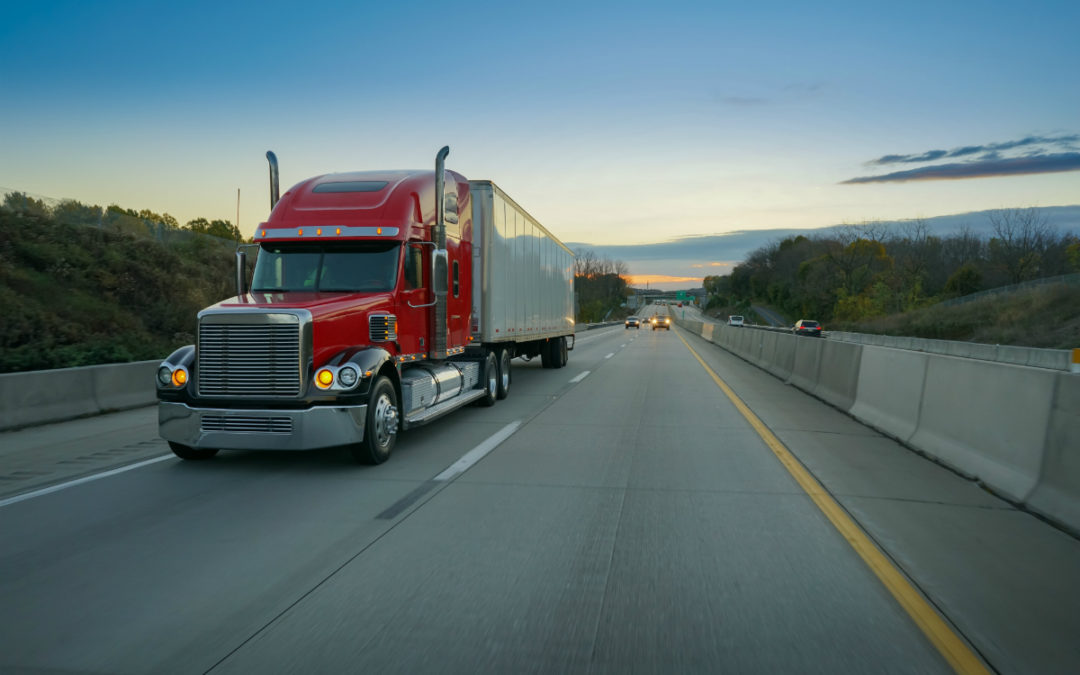The ELD mandate, which was enacted by the U.S. Federal Motor Carrier Safety Administration (FMCSA) to address a variety of safety concerns and ensure safe operations. It is designed to protect your drivers, help your company reduce liability and insurance costs, and help keep the community on the roads safer. Originally published in 2015, the Final Rule Compliance date is 12/18/2017, with mandatory use required by 12/16/2019.
What is the Rule?
The ELD mandate requires commercial drivers who are required to prepare hours-of-service (HOS) records of duty status (RODS) to do so using Electronic Logging Devices (ELDs). The key requirements of the rule are:
- Requires ELD use by commercial drivers who are required to prepare hours-of-service (HOS) records of duty status (RODS).
- Sets ELD performance and design standards, and requires ELDs to be certifed and registered with FMCSA.
- Establishes what supporting documents drivers and carriers are required to keep.
- Prohibits harassment of drivers based on ELD data or connected technology (such as eet management system). The rule also provides recourse for drivers who believe they have been harassed.
Why was it implemented?
The rule is intended to help create a safer work environment for drivers, and make it easier and faster to accurately track, manage, and share RODS data. As part of the MAP-21 Act, Congress required adoption of the ELD rule.
Who must comply?
The ELD applies to most motor carriers and drivers who are currently required to maintain records of duty status (RODS) per Part 395, 49 CFR 395.8(a). The rule applies to commercial buses as well as trucks, and to Canada- and Mexico-domiciled drivers.
The ELD rule allows limited exceptions to the ELD mandate, including:
- Drivers who operate under the short-haul exceptions may continue using timecards; they are not required to keep RODS and will not be required to use ELDs.
- Drivers who use paper RODS for not more than 8 days out of every 30-day period.
- Drivers who conduct drive-away-tow-away operations, in which the vehicle being driven is the commodity being delivered.
- Drivers of vehicles manufactured before 2000.

What is an ELD?
An ELD is technology that automatically records a driver’s driving time, and other hours-of-service (HOS) data. This allows easier, more accurate HOS recordkeeping. An ELD monitors a vehicle’s engine to capture data on whether the engine is running, whether the vehicle is moving, miles driven, and duration of engine operation (engine hours). You can check if
The FMCSA has developed a checklist of the key features and functionalities required for every ELD:
- Provides separate driver and manager accounts
- Synchronizes with the engine control module
- Automatically records driving time
- Retains data for the current 24-hour period
- Retains data for the previous seven days
- Prevents device tampering
- Requires driver to review unidentified driver records
- Allows driver to obtain ELD records on demand
- Supports electronic data transfer
- Displays required data for authorized safety officials on demand
- Requires driver annotations for edited records
- Provides ELD user manual
Make sure that the specific ELD model you are considering is on FMCSA’s list of registered ELDs by visiting: https://3pdp.fmcsa.dot.gov/ELD/ELDList.aspx
While bringing your operation into compliance with the mandate is an investment, it’s also an opportunity to streamline your operations, increase efficiency, and eliminate paper forms and manual processes.
But don’t delay implementation, thinking it is okay to wait and that deployment will be easy. Starting implementation now will provide you with enough time to change your operating procedures (especially when switching from manual paper tracking) and ensure you are fully compliant before the Dec 2019 deadline for mandatory compliance.
Contact us to learn how we can help you during your ELD implementation.


Recent Comments